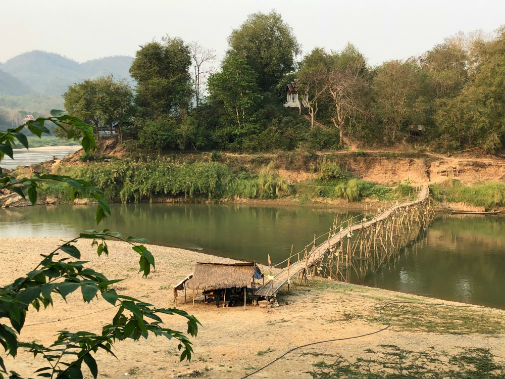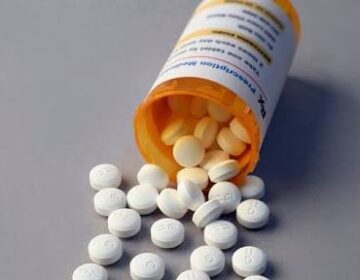Researchers estimate that approximately 8,500 tons of antibiotics enter river systems each year after passing through the human body and wastewater treatment processes.
Rivers spanning millions of kilometers across the globe are contaminated with antibiotics at concentrations that could foster drug resistance and threaten aquatic species, according to a new study.
The research, represents the first global assessment of river pollution linked to human antibiotic use. The team determined that approximately 8,500 tonnes of antibiotics, nearly one-third of all those consumed each year, flow into river networks worldwide, even after much of it passes through wastewater treatment systems.
“While the amounts of residues from individual antibiotics translate into only very small concentrations in most rivers, which makes them very difficult to detect, the chronic and cumulative environmental exposure to these substances can still pose a risk to human health and aquatic ecosystems”
The research team used a global model validated by field data from nearly 900 river locations. They found that amoxicillin, the world’s most-used antibiotic, is the most likely to be present at risky levels, especially in Southeast Asia, where rising use and limited wastewater treatment amplify the problem.
Human Use Alone Creates a Serious Threat
“This study is not intended to warn about the use of antibiotics – we need antibiotics for global health treatments – but our results indicate that there may be unintended effects on aquatic environments and antibiotic resistance, which calls for mitigation and management strategies to avoid or reduce their implications.”







